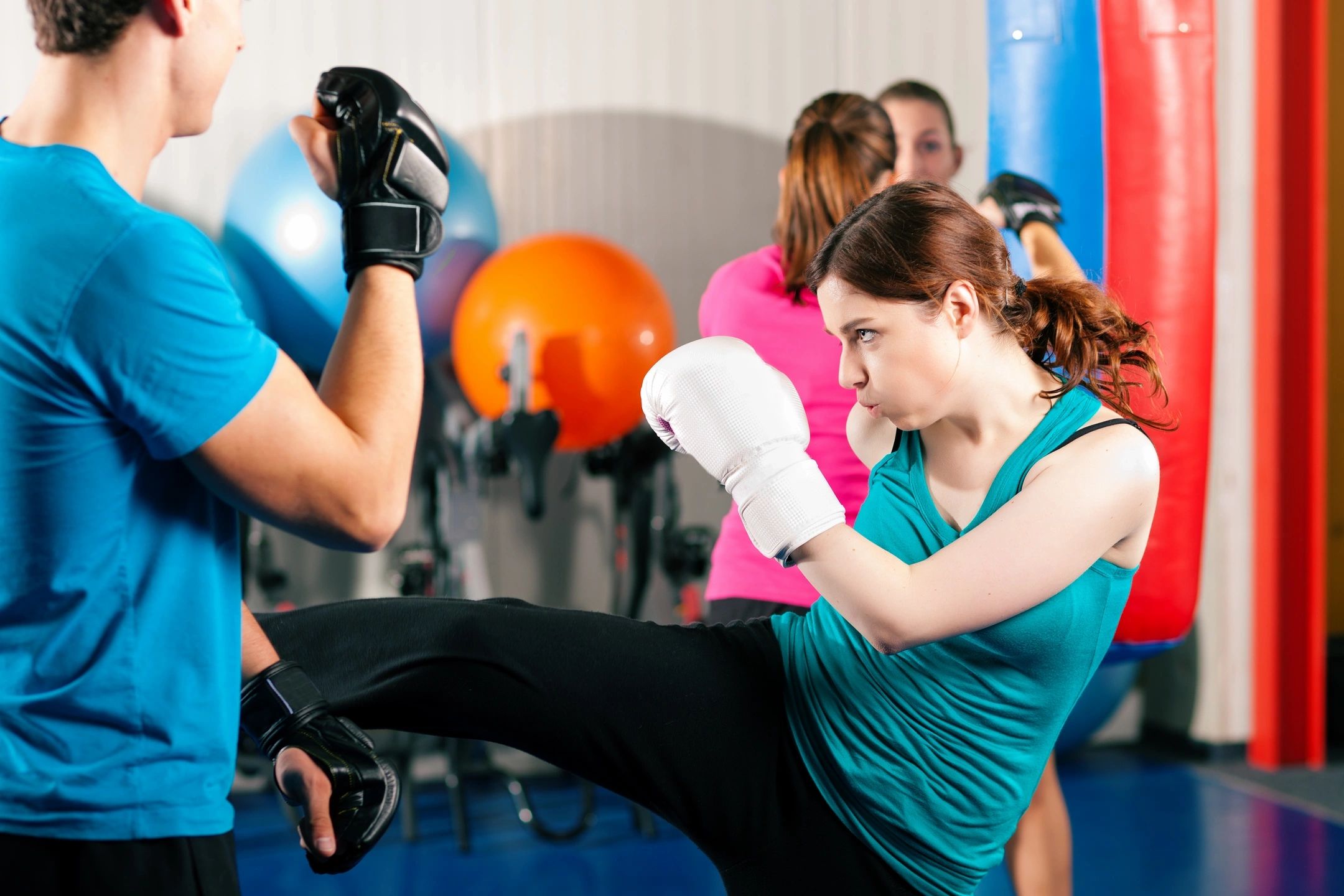What do you think when you hear the term ‘adult braces’? You probably come up with the stereotypical image of a muscular man/woman, absorbing a mighty blow from an enemy while engaged in epic combat – the words “Fearsome adult braces for legendary battle” engraved below the scene.
Bracing your core is the second category of core function. Read the previous 2 posts to learn more about the first function: pulsing. Bracing is when you contract your core muscles to protect the spine and abdominal contents. It’s done when lifting or carrying something heavy to stabilize the spine and minimize harmful shear. The stabilization benefit also improves force transfer when lifting and carrying objects. Because many of the muscles activated (rectus abdominis, the obliques, the lats, etc.) are more superficial than the internal organs, they also can act as muscular armor for the abdominal contents. Just imagine someone was about to punch you in the stomach – you brace your abdominals in anticipation to protect yourself. Learning to brace your core is important for safety, but in order to use this method in real life, you also have to be able to breathe at the same time. If you go to take a breath and lose your bracing, then you could be more vulnerable to injury.
Learning to brace
So to start, we’ll go over just learning to brace your core, then practicing bracing and breathing. There’s a couple different methods to learn how to brace your core. First, place one hand on the crest of your hip so that your fingers are on the lateral portion of your abdominal region. Press you fingers into your stomach. When you engage your core, you should feel it with your fingers here. Keep palpating to check that your core is engaged while you try these different drills.
- Imagine you’re going to be hit in the stomach and you need to brace yourself.
- Push your deeply fingers into your lateral abdominals and then use your muscles to push your fingers back out.
- Pretend to begin to make a “k” sound but don’t actually make the sound.
- Walk while holding 20-30 lb in one hand down at your side (like you’re carrying a suitcase). Your opposite hand can be on your abdominals, palpating your obliques.
Bracing and breathing
Now that you’ve learned how to brace your core, the next step is to practice coordinating it with breathing. Below are several useful exercises you can work into your training to improve this skill.
- A classic is your coach or workout partner randomly poking you in the core with their hand or even a stick to ensure that you’re staying braced. This can essentially be done with any exercise. Your goal is to complete your set while remaining braced the entire time which will require breathing with your core braced.
- The hardstyle plank is like the above drill only x100. You get down into a plank and then tightly brace your core. Your workout partner then walks around you and kicks your core – at random times, in random places. This is obviously a hardcore drill. Your partner should start the kicks relatively light, more to check form than anything. The better you get at this, the harder they can go. Each rep of this is holding the plank only for 10-20 seconds generally and you need to breathe while doing this. If you’re in any sort of contact sport, this drill is your friend.
- This is a great functional bracing exercise you can do on your own with no partner. Just do any loaded carry (an exercise where you carry heavy weight from one place to another). Remember the goal is to both brace and breathe. The suitcase carry (carrying the weight in only 1 hand) is especially a good one.
- This final one is meant to target the crucial skill of being able to brace your core, not just while breathing but while breathing heavily (like what would be required in most sports). You start by doing an intense interval of 30-60 seconds of some exercise (could be cycling on the bike, running, bodyweight squats, pushups, etc.) – enough to get you huffing and puffing. Then you’ll immediately drop down into a side plank which you hold for 10 seconds before switching to the other side. Your goal is to maintain the side plank with perfect form – no sagging or cheating form in any way. Then rest for an interval and then repeat. In order to do a perfect side plank, the core must be properly activated so this drill is very useful because you can physically tell if you’re doing it right.
Bracing application
Now finally, specific movement application. Once you’ve mastered the drills above, applying to any movement is very straightforward. You should be able to voluntarily brace your core, keep it contracted, breathe, and move – all at the same time. Practice this with whatever movements you need – lifting and carrying, squatting, sparring, pressing, anything. The finest control comes from learning to modulate how contracted your core is. In some movements, like lifting a 10 lb box, you’ll want to brace your core firmly but you won’t need to do it too hard. On the other hand, during a max deadlift you’ll want to brace your core as hard as you can throughout the lift. You will also have movements where core tension will fluctuate within the movement. Take a clean and press: optimally, you’ll brace your core throughout the entire movement, but pulse your core at the power clean position (bar just below knees) and to initiate the press. The same situation occurs while fighting or sparring. You’ll keep your core generally braced the entire time to protect your internal organs but you’ll pulse it when striking. To master these advanced application techniques, you have to do specific training with each movement.
Stay tuned for the final part of this core series which will cover the final function of the core – checking.

